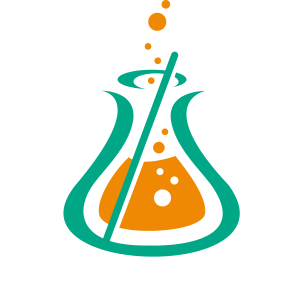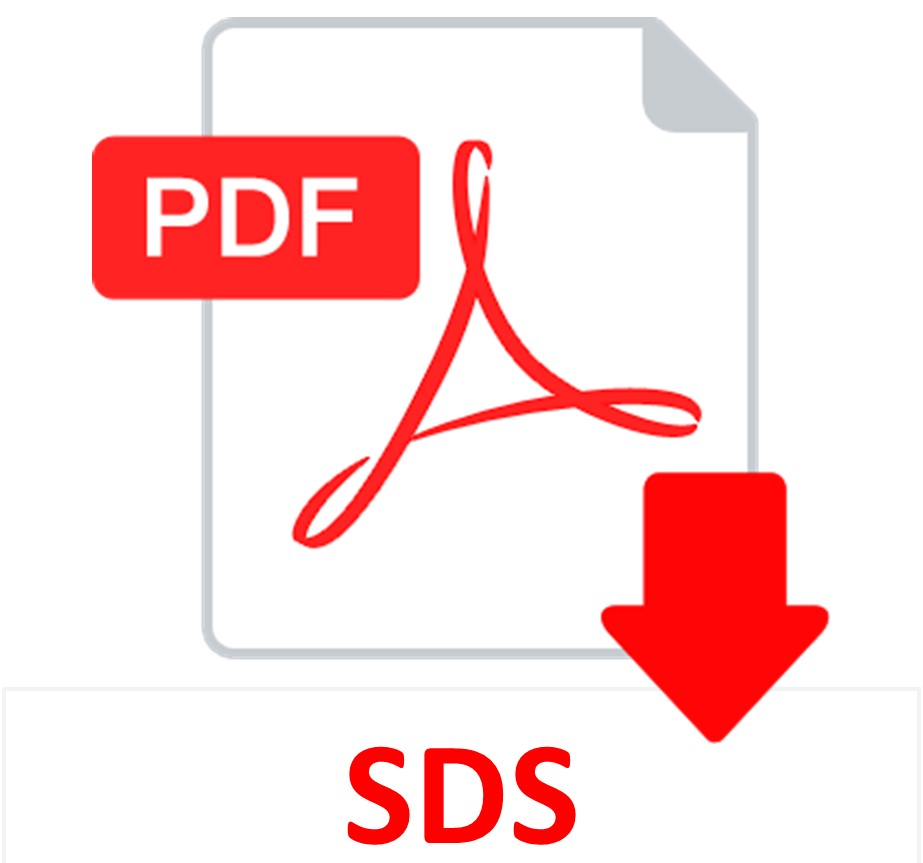Biebrich Scarlet-Acid Fuchsin Stain, Elastic-Trichrome, Aqueous
(use: Modified Verhoeff Elastic-Masson Trichrome Stain.)
SOLUTION:
| 250 ml | 500 ml | |
| Biebrich Scarlet-Acid Fuchsin Stain, Elastic-Trichrome, Aqueous | Part 1016A | Part 1016B |
Additionally Needed:
| Picric Acid, Saturated Alcoholic OR Bouin Fluid |
Part 1337 OR Part 1020 |
| Ferric Chloride 10%, Aqueous | Part 10856 |
| Hematoxylin 5%, Alcoholic | Part 11623 |
| Iodine, Lugol’s, Aqueous | Part 12092 |
| Phosphomolybdic-Phosphotungstic Acid, Aqueous | Part 1332 |
| Aniline Blue Stain, Aqueous | Part 10072 |
| Acetic Acid 1%, Aqueous | Part 10012 |
| Xylene, ACS | Part 1445 |
| Alcohol, Ethyl Denatured, 100% | Part 10841 |
| Alcohol, Ethyl Denatured, 95% | Part 10842 |
For storage requirements and expiration date refer to individual bottle labels.
APPLICATION:
Newcomer Supply Modified Verhoeff Elastic-Masson Trichrome Stain combines elastic and trichrome staining for demonstration and definition of elastic fibers of all sizes, connective tissue and nuclei in a single tissue section. This procedure is useful in identifying normal tissue morphology as well as heart, liver, lung and kidney pathologic conditions.
METHOD:
Fixation: Formalin 10%, Phosphate Buffered (Part 1090)
Technique: Paraffin sections cut at 4 microns
Solutions: All solutions manufactured by Newcomer Supply, Inc.
All Newcomer Supply stain procedures are designed to be used with Coplin jars filled to 40 ml following the provided staining procedure.
STAINING PROCEDURE:
-
- Deparaffinize sections thoroughly in three changes of xylene, 3 minutes each. Hydrate through two changes each of 100% and 95% ethyl alcohols, 10 dips each. Wash well with distilled water.
-
- See Procedure Notes #1 and #2.
-
- Mordant in Picric Acid, Saturated Alcoholic (Part 1337) for 5 minutes or Bouin Fluid (Part 1020) at 56º C for 1 hour.
-
- See Procedure Note #3.
- Bouin Fluid mordant; Cool at room temperature for 5-10 minutes before proceeding.
- Skip Step #2 if tissue was originally Bouin fixed.
-
- Wash well in running tap water; rinse in distilled water.
- Prepare Verhoeff Working Solution:
-
- Hematoxylin 5%, Alcoholic (Part 11623) 20 ml
- Ferric Chloride 10%, Aqueous (Part 10856) 12 ml
- Iodine, Lugol’s, Aqueous (Part 12092) 8 ml
-
- Stain slides in Verhoeff Working Solution for 15 minutes.
- Rinse in several changes of tap water.
- Prepare fresh Ferric Chloride 2%, Aqueous.
-
- Ferric Chloride 10%, Aqueous 10 ml
- Distilled Water 40 ml
-
- Differentiate each slide individually in Ferric Chloride 2%, Aqueous with agitation; 2-10 dips.
-
- Check differentiation: rinse well in tap water, check microscopically for black elastic staining with gray background.
- If needed, repeat in Ferric Chloride 2%, Aqueous until desired elastic differentiation is achieved.
-
- Wash well in running tap water.
- Stain in Biebrich Scarlet-Acid Fuchsin Stain, Elastic-Trichrome, Aqueous for 3 minutes.
- Rinse in distilled water for 10 minutes.
- Differentiate in Phosphomolybdic-Phosphotungstic Acid, Aqueous (Part 1332) for 15 minutes.
-
- Until collagen is colorless but muscle remains red.
-
- Transfer into Aniline Blue Stain, Aqueous (Part 10072) for 3 minutes.
- Differentiate in Acetic Acid 1%, Aqueous (Part 10012) for 3 minutes.
- Dehydrate in two changes each of 95% and 100% ethyl alcohol. Clear in three changes of xylene, 10 dips each; coverslip with compatible mounting medium.
- Deparaffinize sections thoroughly in three changes of xylene, 3 minutes each. Hydrate through two changes each of 100% and 95% ethyl alcohols, 10 dips each. Wash well with distilled water.
RESULTS:
| Elastin | Blue-black |
| Muscle, keratin & cytoplasm | Red |
| Collagen | Blue |
| Nuclei | Red-brown to blue-black |
PROCEDURE NOTES:
-
- Drain slides after each step to prevent solution carry over.
- Do not allow sections to dry out at any point during procedure.
- The use of:
-
- Picric Acid, Saturated Alcoholic will reduce staining time.
- Bouin Fluid requires longer exposure but enhances Biebrich Scarlet-Acid Fuchsin staining (Step #10).
-
- If using a xylene substitute, closely follow the manufacturer’s recommendations for deparaffinization and clearing steps.
REFERENCES:
-
- Dapson, Janet Crookham, and Richard Dapson. Hazardous Materials in the Histopathology Laboratory: Regulations, Risks, Handling, and Disposal. 4th ed. Battle Creek, MI: Anatech, 2005. 150, 265-266.
- Garvey, Winsome. “Modified Elastic Tissue-Trichrome Stain.” Stain Technology 3 (1984): 213-216.
- Landas, Steve, M.T. Maher Strum and Karen Ellison. “Rapid Convenient Elastachrome Stain.” The Journal of Histotechnology 14.3 (1991): 191-192.
- Modifications developed by Newcomer Supply Laboratory.



